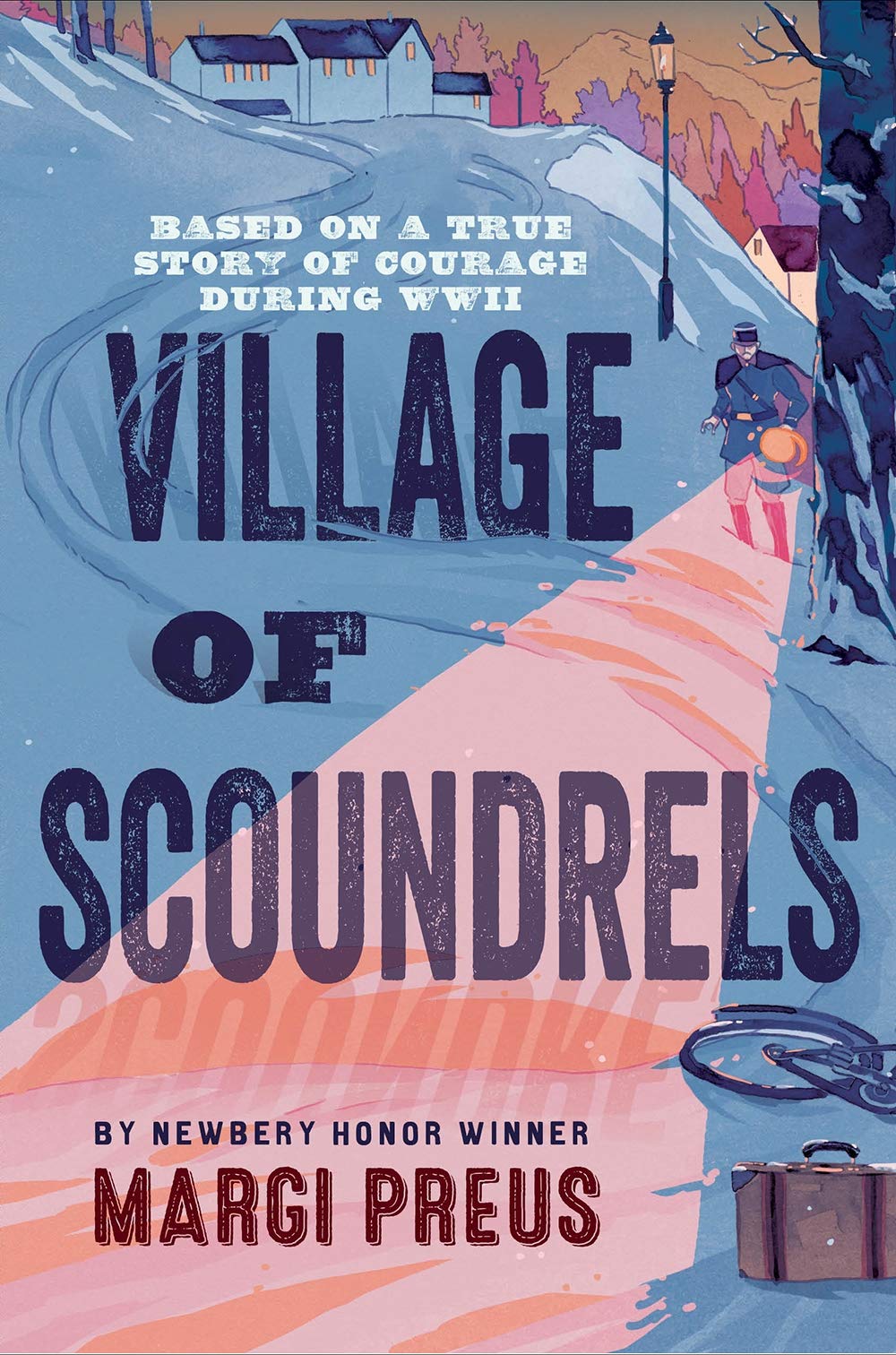07/21/2020 03:20:11 PM
Books & Beyond
|
|
Loving the StrangerBy Robin Jacobson One day, anthropologist Maggie Paxson suddenly snapped. In the words of the classic American spiritual, she vowed to “study war no more.” Weary of fieldwork in violent, strife-torn countries, Paxson resolved to switch her research to something more uplifting; she wanted to investigate human decency and altruism. This led her to a cluster of mountain villages on the Vivarais-Lignon Plateau in south-central France. These villages have a remarkable, centuries-long, ongoing tradition of aiding strangers in danger. As a social scientist, Paxson wanted to understand what made these French villages so altruistic down the generations. Her book, The Plateau, is a captivating blend of history, memoir, fieldwork, and philosophical reflection. |
A History of Providing Safe HavenFor centuries, the inhabitants of the Vivarais-Lignon Plateau have provided refuge to the persecuted. During religious wars in the 16th Century, Paxson explains, villagers sheltered Protestants. Then, in the 18th Century, during the French Revolution, they hid Catholic priests. In the 1930s, they aided refugees fleeing the Spanish Civil War. Today, the Plateau houses a welcome center for asylum seekers from Africa, Eastern Europe, and elsewhere. But the Plateau’s time of greatest valor was during World War II. As Nazi and Vichy persecution and deportations intensified, the Plateau became a haven for Jews, particularly Jewish children. Farmers hid Jews in barns and attics; other villagers pretended the Jews were family members, sharing their scarce food with them. Still others crafted forged identity cards. Some valiant villagers served as passeurs, smuggling Jews across the border to Switzerland. One courageous school director, Daniel Trocmé, distantly related to Paxson, refused to abandon his charges to Gestapo capture; he died in a concentration camp. Paxson painstakingly traces Daniel’s life and choices, trying to channel his world view. |
|
Why So Selfless?During the Holocaust, it was rare for an entire community to work together to protect Jews. In fact, the Plateau is one of only two communities honored by Israel’s Yad Vashem. From 1939-45, these French hamlets collectively hid approximately 800 refugees and smuggled perhaps 3000 more to safety in Switzerland. Why did the villagers shelter Jews? In part, the answer is because they could. During the snowy winter months, the roads up the mountains became impassable, limiting Nazi raids on the area. Housing, including guest houses and hotels, was plentiful due to the region’s pre-war popularity as a summer resort. But most crucially, the time-honored ethos of the community, passed down from both persecuted people and protectors, was to help people in need. Confronted by the police, Pastor André Trocmé (Daniel’s cousin) spoke boldly for his community, “We don’t know Jews, we only know human beings." |
|
|
|
The Plateau in Teen FictionThe wartime heroism of the French mountain villages has inspired not only social scientists like Paxson, but novelists for young adults. The White Bird by R.J. Palacio (a graphic novel) centers on Plateau dwellers Julien and his parents, who hide Sara, a Jewish girl, in their barn. A polio survivor, Julien walks with a sideways gait that has gained him the hurtful nickname “Tourteau” (crab). Interestingly, it is Sara, the hidden Jew, who learns to stand up against cruelty over the course of the novel. Village of Scoundrels by Margi Preuss focuses on young teenagers on the Plateau. Some are Jewish refugees living under false identities, and some are non-Jewish French teens. Despite differences in background and personality, they work together on perilous missions – forging documents, carrying coded messages for the French resistance, hiding Jewish children in the forest during raids, and covertly guiding Jews across the border into neutral Switzerland. A suspicious policeman tries to discover the young people’s secrets. |








